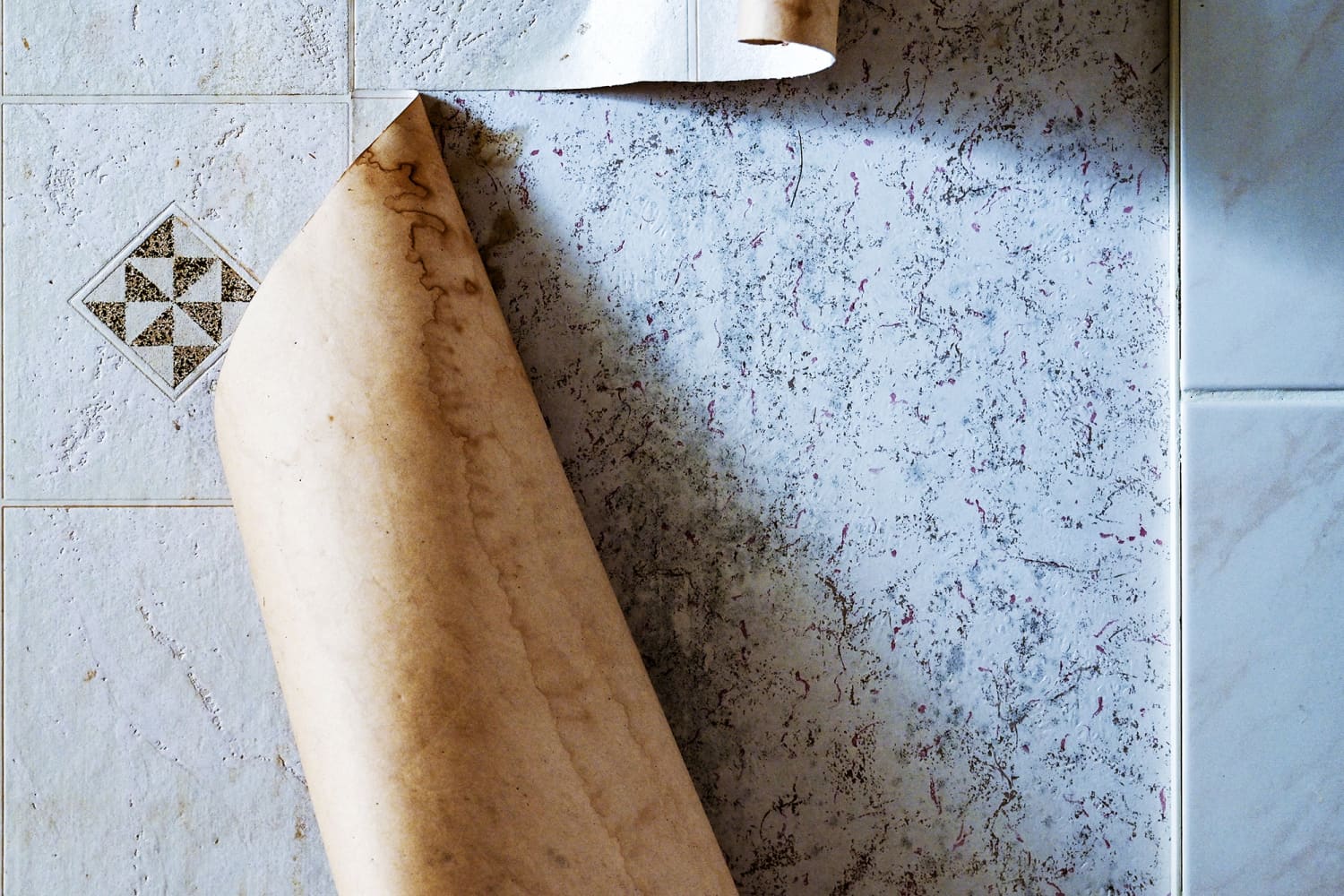We independently select these products—if you buy from one of our links, we may earn a commission. All prices were accurate at the time of publishing.
The majority of common kitchen problems are mostly harmless — clutter, for example, and even most spills and messes. But if you’re not careful, your kitchen can also pose major safety and health risks. One of the most common (and dangerous) risks you might face in your kitchen? Mold.
Fuzzy, black residue, is one of the most obvious signs, but mold, which develops and thrives in moisture, can also be hidden. It’s important to keep an eye (and nose) out for potential signs so you don’t pose risks to your wellbeing. Below, find seven warning signs of hidden mold in your kitchen, according to experts — and more importantly, what to do if you find some.
Mold thrives in dark, damp areas, such as under your sink, behind the refrigerator, or in the corners of cabinets and pantries. According to Michael Golubev, CEO of Mold Busters, a musty, earthy smell is often the first sign you may have mold in any of these areas.
2. Discoloration or Warping
Another telltale sign you’ve got moisture problems, and potentially hidden mold in your kitchen, according to Golubev, is any discoloration or warping of walls, floors, or ceilings. Moisture can seep into different parts of your home over time, and it’s important to keep an eye out for when it becomes an issue.
“Any past or present water leaks in your kitchen, even small ones, can result in hidden mold growth. If you’ve experienced such issues, check under your kitchen sinks, around the faucets, or behind the appliances for any signs of water damage or mold,” says Petya Holevich, cleaning expert and supervisor at Fantastic Services.
4. Peeling Paint or Wallpaper
Mold thrives in humid environments, and if there’s hidden moisture trapped beneath your kitchen paint or wallpaper, Holevich says it can cause those to peel or bubble. If you see the edges of your kitchen’s wallpaper, paint, or backsplash peeling up, take note.
5. Deteriorating Caulk or Grout
Mold can also grow in the tiny spaces between tiles or around the sink where caulk has deteriorated. “Cracked or missing grout lines may also provide the ideal environment for mold growth,” says Holevich.
Excessive condensation on your kitchen windows, pipes, or walls may indicate high humidity levels, which Holevich says can easily create an ideal environment for mold to grow. If your home is excessively humid, check out our favorite kitchen dehumidifier.
If you or your housemates experience unexplained allergy-like symptoms, such as sneezing, coughing, or skin irritation, they may be caused by the presence of mold in your kitchen — and Holevich says it’s definitely a good idea to investigate (and, of course, talk to a medical professional about it).
What to Do If You Find Mold in Your Kitchen
If you discover mold, it’s important not to disturb it, as this can release mold spores into the air and will exacerbate the problem. Small areas of mold — less than 10 square feet — can often be cleaned with a vinegar solution (you’ll need personal protective equipment to prevent health risks). But for larger infestations, Golubev says it’s best to reach out to a professional mold remediation service.
Holevich says it’s also important to make sure the cause of the mold — such as a leak or water damage — has been properly dealt with, and that the area has thoroughly dried. To prevent mold, ensure good ventilation in your kitchen, promptly repair any leaks, and keep surfaces dry — especially around the sink and refrigerator. “Regularly check hidden areas for any signs of moisture or mold, too,” says Golubev. And if you notice any of the above red flags, be sure to clean it ASAP, eliminate the source, and reach out to the professionals.

